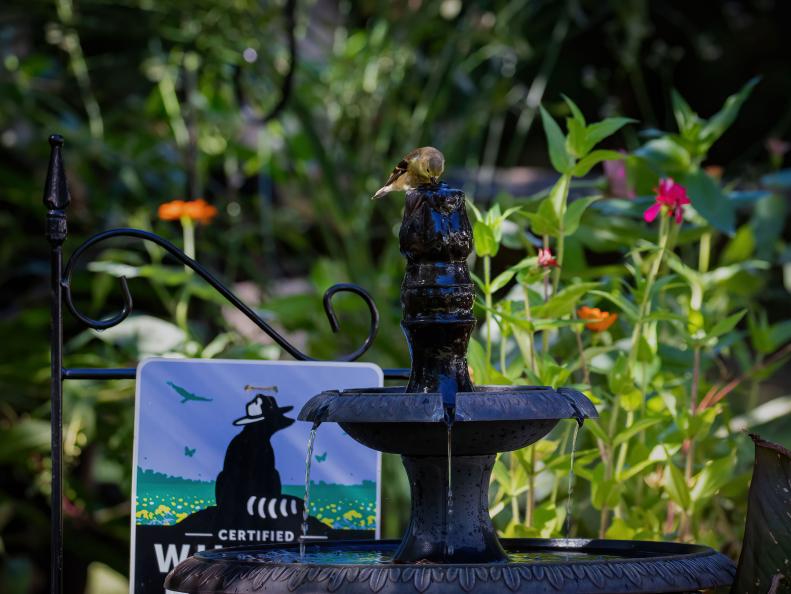1 / 21
Photo: National Wildlife Federation/Deborah Roy
Garden Trends Aren't Just What's Popular
Some garden trends follow what's popular, like planting certain colors or varieties. Others emerge from what's happening around us. Take climate change, for example. Because our average winter temperatures have been getting warmer, the USDA Plant Hardiness Zone Map was revised in late 2023. Many gardeners are now in Zones that give them more plant choices.
Other 2024 garden trends are popping up, too, like planting dark foliage and flowers and growing more grasses and sedges. Explore our roundup of the best trends of 2024, shared with us by landscape designers and other experts.









